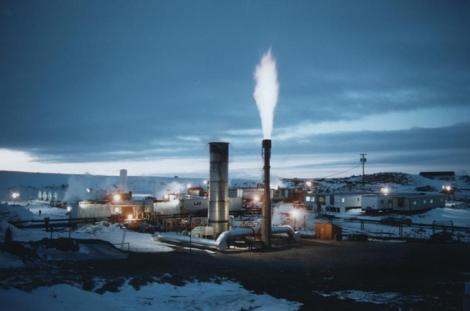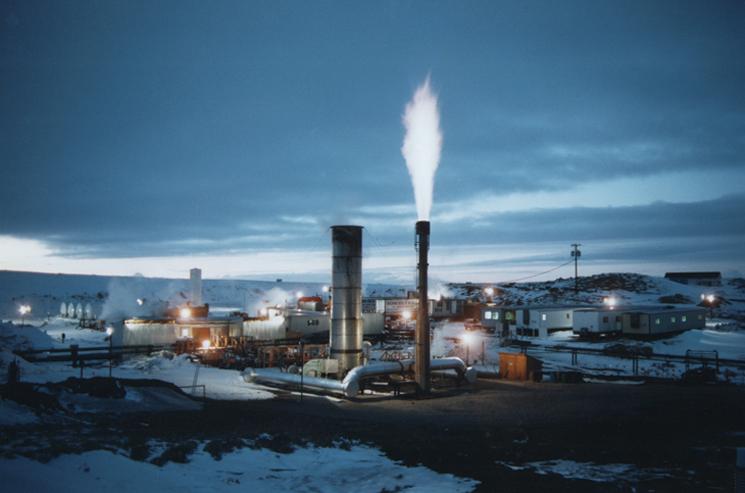Coal’s value proposition these days is this: 1) It is cheap, and 2) it is getting cleaner so it’s OK to use. Point 1 is hard to argue with; it is artificially cheap though getting more expensive. Point 2 is easy to rebut — coal itself is no cleaner than it ever was. But people are slowly waking up to the dangers of coal and demanding that the burning of it actually get cleaner. (Those people include the EPA.) Turns out, though, that making it cleaner 1) isn’t 100 percent effective, and 2) raises the cost of coal. It’s a conundrum!

llnlphotos
The best part is that the mandated and socially desired push to get coal cleaner introduces new points of pressure for people who want to phase out the use of coal, something that must be deeply annoying to coal companies (and, therefore, amusing to everyone else).
Case in point: an action in Indianapolis last week. The public utility, Indianapolis Power and Light, needed to upgrade some coal-burning power plants to bring the promise of “clean coal” a microscopic bit closer to reality. But activists rightly note that it’s ridiculous for ratepayers to bear the cost.
From Midwest Energy News:
In September IPL filed with the Indiana Utility Regulatory Commission [PDF] to recover $606 million in investments in pollution controls.
At [a Nov. 28] rally, about 30 demonstrators wore T-shirts with the Sierra Club’s “Beyond Coal” logo, and chanted slogans on the steps of the Soldiers and Sailors Monument in downtown Indianapolis. They demanded the utility shut down two aging coal plants, particularly the controversial Harding Street plant, which was opened in 1954 and sits seven miles southwest—and often upwind—from downtown Indianapolis.
Then the groups delivered a petition with more than 2,000 signatures opposing those planned rate increases and asking IPL to invest instead in energy efficiency and renewable energy.
The purpose was “to send the message to IPL that ratepayers are not satisfied with multimillion dollar upgrades to aging coal plants,” said Megan Anderson of the Sierra Club, who organized the event.
What’s amazing about this is how it makes clear the externalization of coal costs, both directly and indirectly. Residents are frustrated with the air pollution from the plants — a cost incurred not by coal companies or IPL but by Hoosiers in increased medical costs and, eventually, by everyone in the world due to carbon dioxide emissions. But it’s also an explicit passing of the buck. IPL is charging the community not to poison them. I had a restaurant that worked that way once; I did 20 years in Sing Sing for extortion.
This protest points the way for other activists. If coal plants have to upgrade to be allowed to operate, it suggests to ratepayers another opportunity to twist the electricity provider’s arm.
And it’s a wind gust for coal companies as they try and make their way across a very shaky tightrope.



